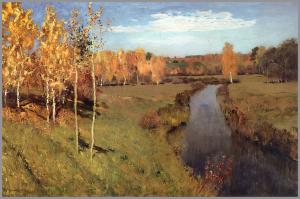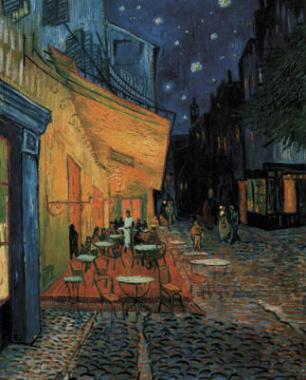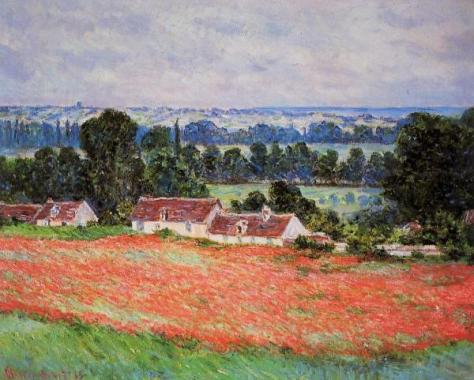Imitation paintings challenge genuine art

If well-known painters could come back to life by a miracle, they would have wanted to die again when they see their artworks being imitated and sold at dirt cheap prices in Vietnam.
On the roads which are called “painting streets” like Dong Khoi, Nguyen Hue, Bui Vien, De Tham, Pham Ngu Lao, Nguyen Van Troi, Tran Phu in ${bigcity_Ho_Chi_Minh_City:”Ho Chi Minh City”}, there are at least 160 galleries. This number is two or three times more than that of ten years ago.
At these galleries, visitors can see all master pieces of well-known painters of all times in the world, from Leonnard de Vinci, Goya to Ingres, Géricault, Renoir, Sisley, Monet, Manet, Picasso, Braque, Kandinsky and Sanvador Dali. Seeing these names, it seems that HCM City is the land of painting juice of the world. But all of these works are imitations. After the concept “rubbish music” appears in Vietnam, this situation may be described as “rubbish paintings”.
At galleries, clients freely choose paintings they like and bargain them as food at market. For the same imitation painting, for example Van Gogh’s The Night Café, of the same size 60x80cm, the prices range from VND400,000 ($20) to VND1 million ($50). The price even fells to VND250,000 ($10) if one buys it online. Leonard de Vinci’s Mona Lisa is a favorite work of painting copiers. This painting is sold at all galleries. As the woman’s smile is so difficult to copy, the price for imitation works varies depending on their “similarity”. Well-imitated paintings are priced over $100 and poorly-imitated works are sold for several tens of USD.
Some galleries are very “lazy”. They make photocopies of famous artworks and then color them to sell at dirt cheap prices.
It is heartbreaking to see world famous painters’ artworks to be “tortured” that way.
Viet Le Quan











